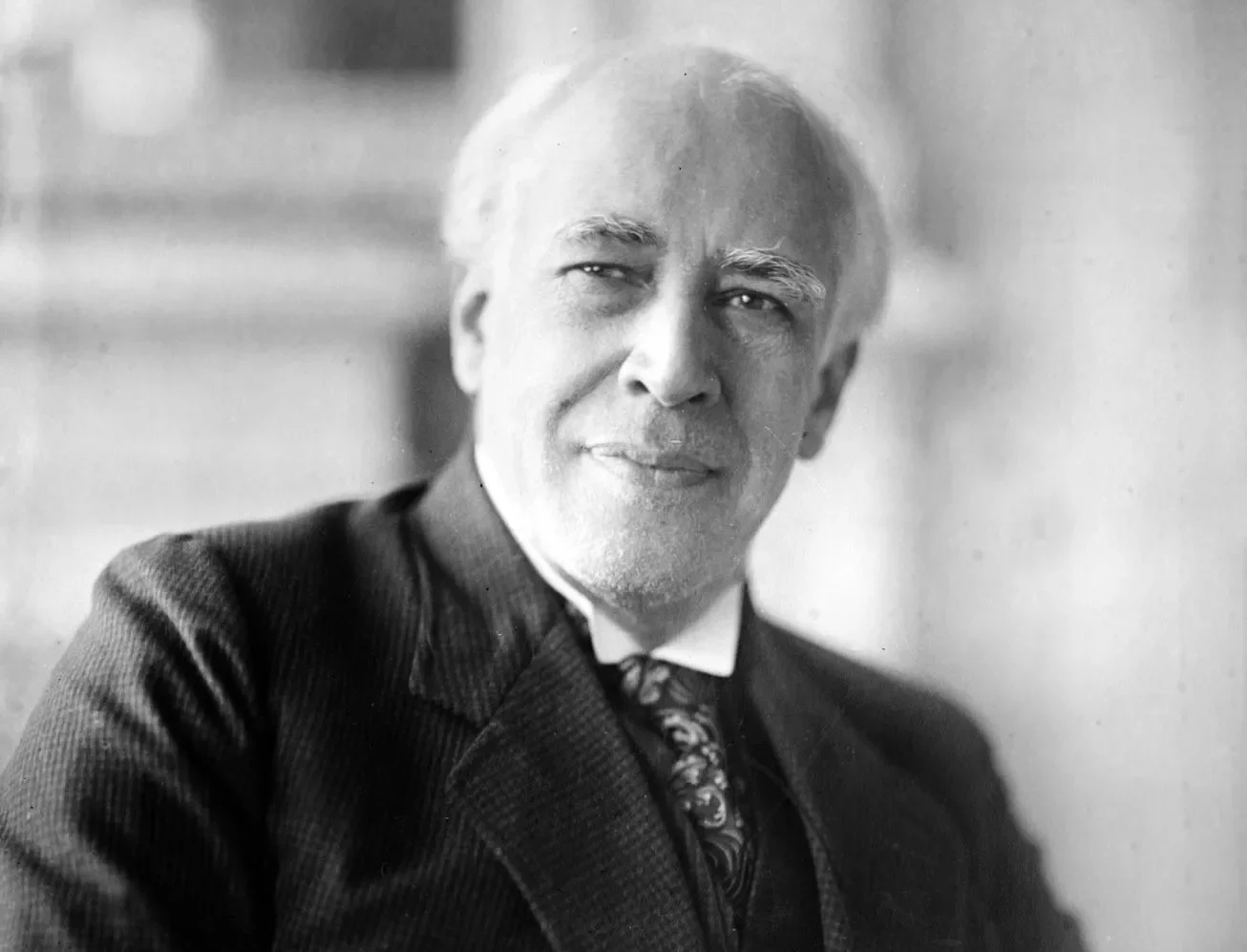The world of theater has seen many legends, but none as influential as Konstantin Stanislavski. Behind the name that became synonymous with the craft lies a tale of dedication, resilience, and the pursuit of artistic identity.
Konstantin Stanislavski hailed from one of the wealthiest families of Tsarist Russia. They owned factories, and his father, as a member of the Chamber of Commerce, was a patron of art and culture.
Stanislavski himself was fascinated by the circus, ballet, and puppetry from his childhood, which ignited an unquenchable thirst for the stage. He felt drawn to perform as an actor himself, but he struggled with the societal norms that deemed acting unsuitable for the aristocracy. Acting was only permitted for serfs of the nobility. Instead of conforming to societal expectations, he chose a less conventional path. To conceal his aristocratic identity as an actor, he adopted the stage name Stanislavski. He performed and, when not performing, he attended various classes with numerous teachers, exploring different approaches to acting.
A turning point in his journey as an actor, director, and acting pedagogue occurred when fate led him to witness the captivating performances of several Italian actors. Eleonora Duse’s performance impressed him the most. Her ability to embody raw emotions and connect with audiences on a profound level left him awe-struck. His encounter with Duse ignited a spark within him, inspiring a lifelong quest to comprehend the nature of acting. This pursuit would go on to revolutionise the world of theater.
Stanislavski’s System
He sought ways to approach acting like Duse did, not only for himself but also for the actors of his troupe, the Moscow Art Theatre. He experimented with various methods, both physical and psychological. He developed numerous concepts and principles, exploring and discarding them along the way. For Stanislavski, everything was part of a continuous quest. The culmination of this journey became known as the “system.”
When asked to explain Stanislavski’s system, a colleague responded that Stanislavski constantly changed his mind – because he hadn’t seen him for a few years, he didn’t know the current details of his system.
There is Just Nature
Stanislavski himself emphasised that the system is meant solely as a tool:
“The ‘system’ is a reference, not a philosophy. The ‘system’ ends where philosophy begins. Work with the ‘system’ in your homework. Don’t use it on stage, as you cannot perform the ‘system.’ Ultimately, there is no ‘system’; there is just nature. Throughout my life, my concern has been finding ways to get closer to what people call the ‘system’ – that is, getting closer to the essence of the art of acting. The laws of nature are the laws of nature. The birth of a child, the growth of a tree – they all follow a single order. The need for a ‘system’ arose because acting is artificial and goes against the laws of nature. The ‘system’ allows the actor to restore those laws and bring the actor back to its natural state. Embarrassment, stage fright, and false conventions disrupt this nature.”

